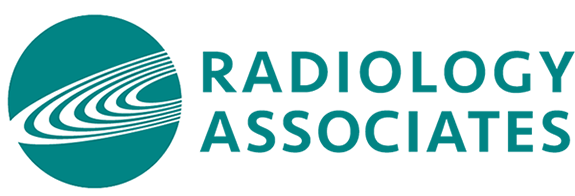If you’re a woman who has had a screening mammogram and have been notified about your “breast density,” you probably have questions about what it is and what it means to your breast health.
Nearly half of all women have what is called dense breast tissue, which refers to tightly compacted breast tissue that contains more epithelial cells than breast tissue composed mostly of fat. This type of tissue poses an increased risk for breast cancer in two ways: cancer invades epithelial cells more often than it does fat cells, and dense breast tissue is often radiopaque, meaning it is invisible to the x-rays used in mammographic imaging.
Certainly the advent of digital mammography has helped to improve detection, but doctors still have a problem trying to assess a three-dimensional object like a tumor with the flat imaging provided by a 2D mammogram.
RAI’s board certified doctors are proud to utilize the latest advance in mammography – Digital Breast Tomosynthesis, also known as the 3D mammography™ exam. This FDA-approved screening exam creates a series of images that are sent to a computer that produces nearly three-dimensional images of breast tissue for clearer imaging and easier diagnosis. Five clinical studies have demonstrated that 3D mammography™ exams deliver better cancer detection with fewer false positive results than standard digital mammography. For women with dense breast tissue who are more often notified they need to come back for additional testing, or even biopsy, it’s an improvement in accuracy and a big reduction in unnecessary anxiety.
Radiology Associates Imaging and the American College of Radiology recommend annual screening mammograms for women 40 and older, and younger if you’re at increased risk. If you have dense breasts or simply want the enhanced accuracy of a 3D mammography™ exam, you can make an appointment without a doctor’s referral and ask about insurance coverage by calling RAI at (386) 274-6000.

